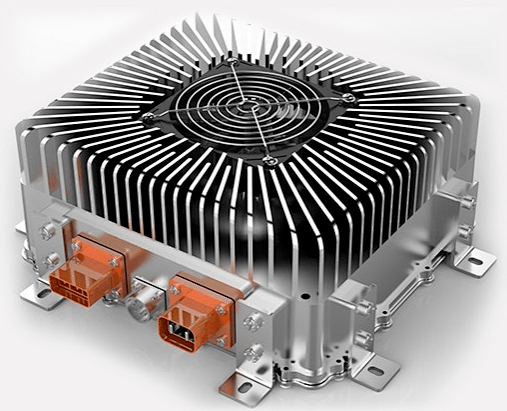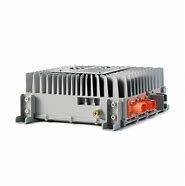Electric vehicle chargers are divided into onboard chargers and off-board chargers, according to whether they are fixed to the vehicle. Non-vehicle chargers are further divided into AC charging posts and DC charging posts.
Onboard chargers directly charge the power battery with AC power as input and DC output; off-board DC chargers can now assign the power battery with AC input and DC output. The former is less powerful, and the latter is more significant. The other one, AC charging pile, with AC as input and AC output, cannot blame the power battery directly and needs to be connected to the vehicle charger for AC/DC conversion to achieve charging. The AC charging post is relatively simple inside. Its primary function is to lead the grid AC power to a convenient location for electric vehicle charging and provide a standard charging interface. The power of the AC charging post is generally not too large due to the limitations of the onboard charger capacity.

The onboard charger is secured to the chassis as part of the electric vehicle's electrical system. The input of the onboard charger, in the form of a standard charging interface, is fixed to the car's body and is used to connect to an external power source. The output of the onboard charger is directly related to the slow charging interface of the power pack.
In the electric vehicle CAN bus communication topology, the onboard charger is hooked up to the CAN bus as a node and exchanges data with the vehicle controller through CAN.
Charging mode refers to the charging process, the current, and voltage in what prescriptive is provided to the battery. The charging mode significantly impacts the charging efficiency and battery life.

The main charging modes are constant current charging, regular voltage charging, constant current followed by constant voltage charging, isotropic pulse charging, and positive and negative pulse charging.
Based on the basic types, researchers have been exploring more reasonable and efficient charging methods. For example, the combination of constant-current and constant-voltage charging with positive and negative pulse charging is used in the middle. After a long period of pulse forward setting, a short period of negative pulse charging is interspersed to eliminate the polarization phenomenon generated during the forward charging process and reduce the circuit resistance, which in turn improves the charging efficiency and has a positive effect on reducing the charging temperature.
Contact Person: Miss. Kiki
| WhatsApp : | +8617763224709 |
|---|---|
| Skype : | +8617763224709 |
| WeChat : | +8617763224709 |
| Email : | kiki@lifepo4-battery.com |